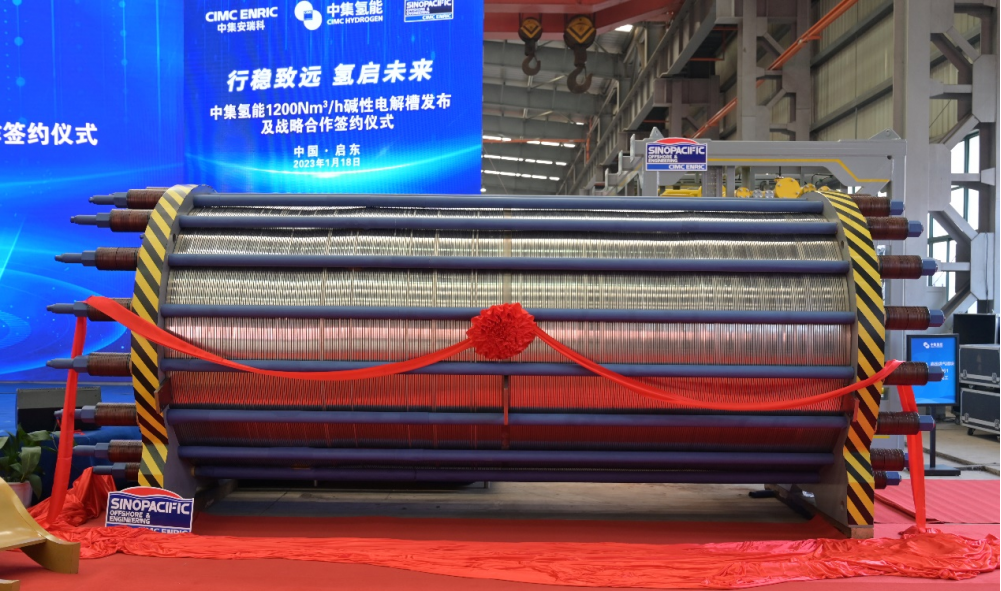China's Rapid Green Hydrogen Expansion: Infrastructure and Challenges Ahead
Key Ideas
- China is set to surpass its 2025 renewable hydrogen target with 2.5GW of electrolyser capacity, aiming to produce over 200,000 tonnes of green H2 annually by 2024.
- Most of the hydrogen production capacity is concentrated in northern regions like Inner Mongolia and Gansu, targeting to exceed both national and local green hydrogen demand.
- Efforts are underway to connect hydrogen supply and demand through the construction of new pipelines, including a proposed 400km pipeline from Inner Mongolia to Beijing.
- Despite progress, challenges remain in meeting emission targets, with the need for faster deployment of renewables and stricter standards to minimize extra emissions from electrolysis.
China's green hydrogen expansion is progressing rapidly, with the country expected to surpass its 2025 target of 200,000 tonnes of renewable hydrogen annually. Research by Rystad Energy indicates that by the end of 2024, China is on track to install 2.5GW of electrolyser capacity, capable of producing over 220,000 tonnes of green hydrogen per year. Most of this capacity is being developed in northern regions with high wind and solar resources, such as Inner Mongolia and Gansu, which have set ambitious local targets exceeding national goals.
To meet the growing demand for hydrogen in transport and industry, Chinese energy companies are focusing on building new hydrogen pipelines. For instance, Sinopec plans to construct a 400km pipeline between Inner Mongolia and Beijing, aiming to transport up to 500,000 tonnes of hydrogen annually by 2027. Moreover, a 6,000km network is proposed for development by 2050. Notably, a 737km hydrogen pipeline project from Zhangjiakou to Caofeidian, potentially the world's longest, is in progress.
While China aims to peak its emissions by 2030 and achieve carbon neutrality by 2060, Rystad emphasizes the importance of deploying renewables faster to mitigate additional emissions from the grid's electrolysis demand. The country has separate standards for 'low-carbon' and 'renewable' hydrogen, with varying carbon intensity thresholds. However, challenges persist, including addressing induced emissions from grid electricity and upstream methane emissions, alongside competition between hydrogen projects and other electrification needs.
Topics
Installation
Renewable Energy
Infrastructure
Energy Transition
Power Generation
Carbon Neutrality
Emissions Reduction
Research Analysis
Policy Standards
Latest News
